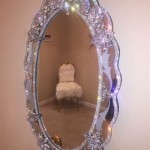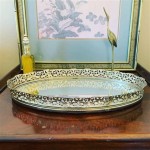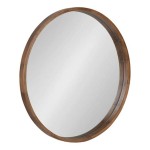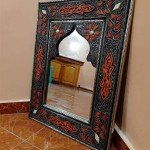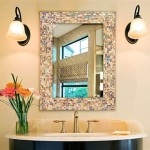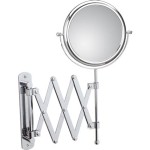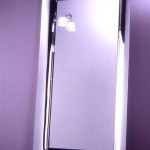How to Mirror iPhone to Mac with USB
Mirroring an iPhone's display to a Mac offers significant advantages for various tasks, from presentations and demonstrations to troubleshooting and content creation. A USB connection provides a more reliable and often higher-quality mirroring experience compared to wireless methods. This article outlines the different methods available to mirror an iPhone to a Mac using a USB cable.
Using QuickTime Player
QuickTime Player, a pre-installed application on macOS, provides a straightforward method for screen mirroring. This method requires no additional software and offers a simple setup process.
1. Connect the iPhone to the Mac using a Lightning to USB cable. Ensure the iPhone is unlocked and trusts the connected Mac.
2. Open QuickTime Player. This application is typically found in the Applications folder.
3. In the QuickTime Player menu bar, select "File," then "New Movie Recording."
4. A recording window will appear. Click the downward-facing arrow next to the record button. A list of available cameras and microphones will be displayed.
5. Under the "Camera" section, select the connected iPhone. The iPhone's screen will then be mirrored in the QuickTime Player window.
6. To start recording the mirrored screen, click the record button. To stop recording, click the stop button.
Utilizing Xcode
Xcode, Apple's integrated development environment (IDE), also facilitates iPhone screen mirroring. This method is particularly useful for developers testing applications, but can be used by anyone. Xcode requires a free Apple Developer account.
1. Download and install Xcode from the Mac App Store. This application is relatively large, so ensure sufficient storage space is available.
2. Connect the iPhone to the Mac with a Lightning to USB cable. Ensure the iPhone is unlocked and trusts the connected Mac.
3. Open Xcode.
4. In the Xcode menu bar, select "Window," then "Devices and Simulators."
5. A window will appear listing connected devices. Select the connected iPhone from the left-hand sidebar.
6. Click the "Open" button next to the device name. This will initiate the mirroring process, displaying the iPhone's screen within Xcode.
Leveraging Third-Party Applications (Reflector, LonelyScreen, etc.)
Several third-party applications offer advanced features for screen mirroring. These applications often provide features beyond basic mirroring, such as recording with enhanced settings, adjusting frame rates, and adding annotations.
1. Research and select a reputable third-party mirroring application. Ensure compatibility with the macOS version and iPhone model.
2. Download and install the chosen application, following the provided instructions.
3. Connect the iPhone to the Mac using a Lightning to USB cable. Make sure the iPhone is unlocked and trusts the connected Mac.
4. Open the installed mirroring application. Most applications will automatically detect the connected iPhone.
5. Follow the application-specific instructions to initiate screen mirroring. The iPhone's display will typically appear within the application window.
Troubleshooting Common Issues
Several issues may arise during the mirroring process. Here are some common problems and their potential solutions:
"Trust This Computer" Alert Not Appearing: Try disconnecting and reconnecting the USB cable. Ensure the iPhone is unlocked. Restart both the iPhone and the Mac.
Black Screen on Mac: Verify the correct input source is selected within the mirroring application. Check the USB cable for damage. Try a different USB port on the Mac. Update the iPhone and Mac to the latest software versions.
Lag or Performance Issues: Close unnecessary applications on both the iPhone and Mac. Using a high-quality USB cable can also improve performance. Reduce the resolution or frame rate within the mirroring application, if available.
Choosing the Right Method
The optimal method for mirroring depends on individual needs. QuickTime Player offers a simple, built-in solution for basic mirroring. Xcode provides more detailed device information, suitable for developers. Third-party applications cater to advanced users requiring specific features like recording with custom settings and annotations.
By understanding the different methods available and their respective advantages, users can select the most appropriate option for their specific mirroring requirements.

How To Mirror Iphone Mac With Usb Full Guide

5 Easy Steps To Mirror Iphone Mac Istreamer

Answered 2024 How To Mirror Iphone Mac With Usb

Three Ways To Mirror Iphone Mac Easily Successfully

How To Mirror Iphone Display Macbook Ios 12 Macos Mojave

How To Mirror Iphone Mac With Usb Full Guide

2024 Updated How To Mirror Iphone Mac With 5 Methods

How To Mirror Iphone Mac With Usb Full Guide

Newest How To Mirror Iphone Mac Macbook Airdroid

2024 Updated How To Mirror Iphone Mac With 5 Methods

